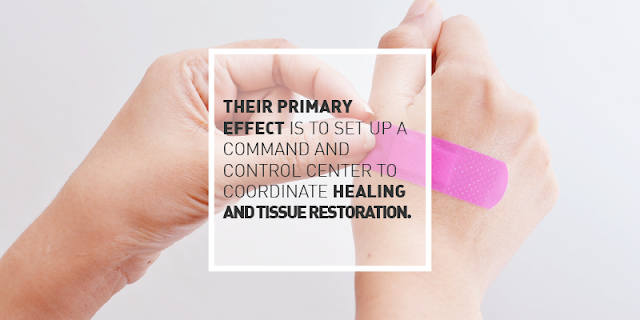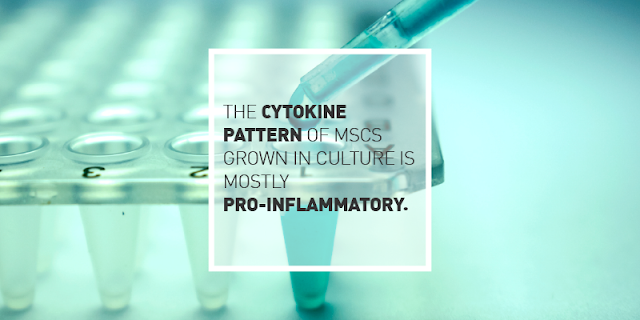It can be unnerving to think of something that is within our bodies also being put into skincare products. However, where stem cells are concerned, this is a very normal process that is taking over many headlines throughout the skincare marketplace. In our previous post, an explanation was given of what stem cells are and how they work in the human body. Now, it is important to dive deeper into the subject to best understand why these are being used in so many skincare products today.
If you have yet to read part one of the stem cell series, it would be beneficial to start there. This post is going to build on many of the subjects described in the previous post. Part one of the stem cell series is linked here, for those who would like to start there.
The primary role of stem cells
It used to be thought, in the early days of stem cell science, that the main role stem cells played was to replace cells that were dead or dying within the human body. It turns out that this presumption was incorrect.
Their primary effect is to set up a command and control center to coordinate healing and tissue restoration. They do this by using local cells including tissue-resident stem cells and immune system cells. This process requires the ability of mesenchymal stem cells (MSCs) to communicate with the other cells. MSCs are adult stem cells traditionally found in the bone marrow. However, they can also be isolated from other tissues including cord blood, peripheral blood, fallopian tube, and fetal liver and lung. If you would like more clarification on MSCs you can head back to part one of this series where this topic is detailed.
MSCs communicate with other cells using signaling chemicals called cytokines. The actual word, ”cytokine” comes from a combination of two Greek words – “cyto” meaning cell and “kinos” meaning movement. Cytokines are cell signaling molecules that aid cell to cell communication in immune responses. They also stimulate the movement of cells toward sites of inflammation, infection, and trauma.
Individual cytokines, and patterns of cytokines, alter the behavior of local cells. This changes the expression of their DNA, production of proteins and metabolic pathways. These are all the things necessary for a healing process or regeneration. After years of research, this is now considered to be the primary role of stem cells.
Anti-aging products created from stem cells
Now for the part of stem cell research that has us all interested. How can these products be used within topical skincare products?
The process of growing stem cells in the laboratory produces a complex where cells feed and secrete cytokines as they communicate with one another. This is how they coordinate their growth as a large group of cells.
The products that claim to contain, or say they come from a stem cell origin, will often have a main ingredient indicating, “conditioned medium of…” This is often in the first position on the label and simply means that the product contains various growth factors and regenerative tissue agents that were secreted by the stem cells.
Not all stem cell types produce the same pattern of cytokines. Some stem cells may have a cytokine pattern in a “conditioned medium” that is considerably different than that of another type of stem cell originating from another part of the body. Bone marrow MSCs (mesenchymal stem cells) tend to be a better source of cytokine production for topical skincare products.
At this point in time, there is a lot of research that is able to positively confirm that the use of human stem cells and cytokines in skincare products is able to provide benefits to aging skin.
Stem cells are better in younger people
Those that volunteer bone marrow has an average age of twenty-two years old. This median age is very purposeful. Studies show that the cellular function of stem cells declines with age. This makes younger stem cells much more preferable.
Stem cells that are from the body vs. those that are grown in a lab
When something is grown or created in a foreign environment it is described as, “grown in culture.” Something that is grown in culture was removed from its natural habitat and placed in an artificial environment. This new environment is designed to encourage growth and multiplication. Put simply, something grown in culture was grown in a lab, instead of its natural environment.
One major complication of stem cells that are grown in culture is that their cytokines may have immune-modulating effects that are either pro-inflammatory or anti-inflammatory. This depends on many different factors and maybe the opposite of cells coming straight from bone marrow.
Please follow along to part three of the stem cell series to learn more about how these cells are being used in skincare products and where you can find effective products containing them.
Skin Care Tips From MDSUN Skin Care®
Please Visit Our Official Website - MDSUN Skin Care




Comments
Post a Comment